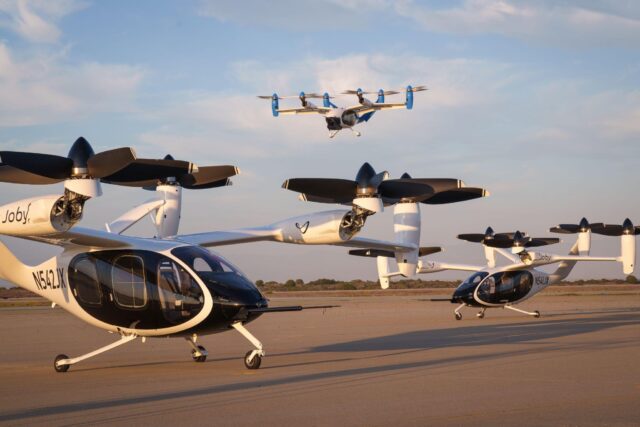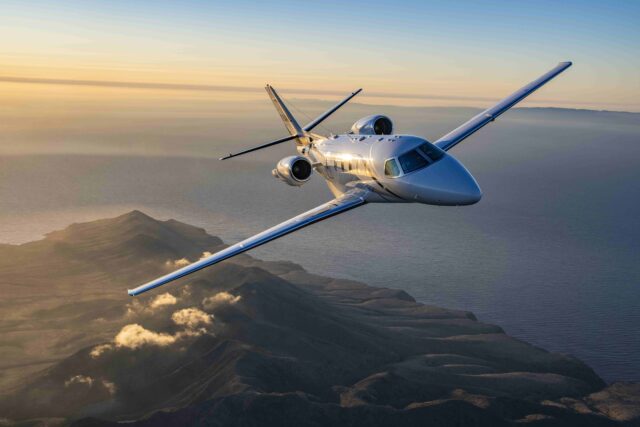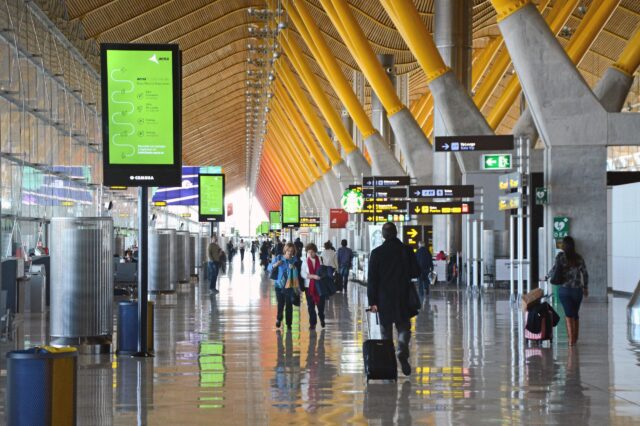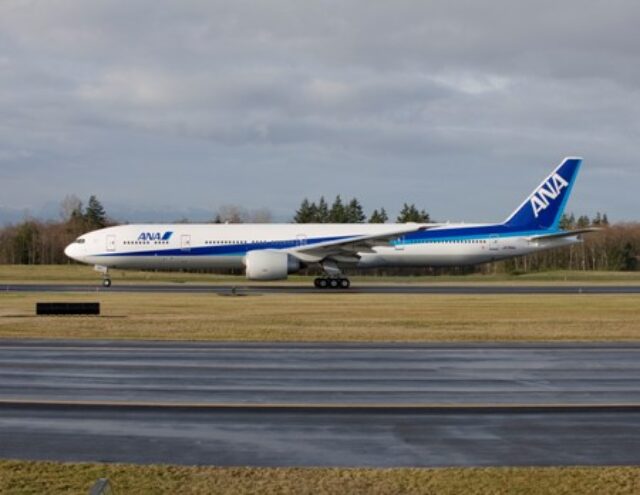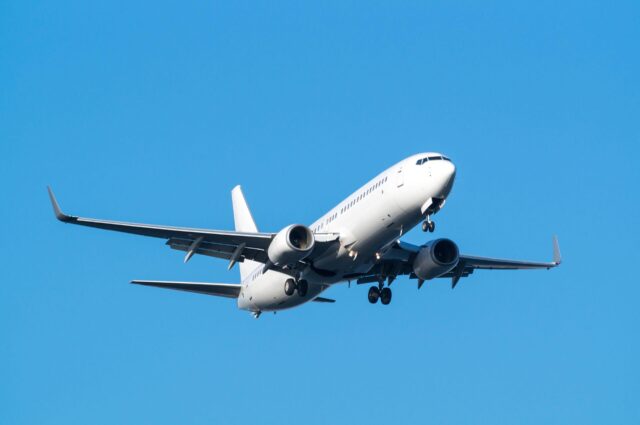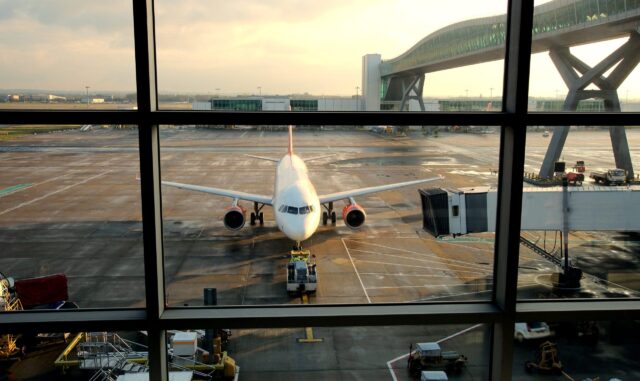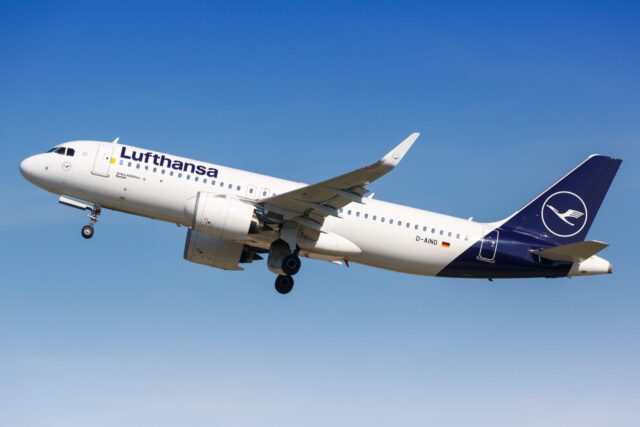Risk assessment study contract awarded for the A321 MPA
February 4, 2025

The new 24-month risk-assessment study contract follows on from the architecture and feasibility study launched at the end of 2022.
The new A321 MPA was unveiled in model form at the Euronaval 2024 defence exhibition in Paris in early November 2024, and just a few hours later was reported to have won the French Navy PATMAR competition for a replacement for its ageing Dassault Atlantique 2 maritime patrol and anti-submarine warfare aircraft.
The aim of this new definition study and risk-assessment contract is to prepare for the launch of the development and production phase of the A321 MPA programme at the end of 2026. This study will build on the initial results from the architecture study and will “refine the economic and industrial conditions for carrying out the programme.” It will also guide the technical choices of exactly which systems will be integrated on the aircraft, and will carry out the first wind-tunnel tests.
The A321 MPA is a militarised version of the Airbus A321XLR, designed to meet all the operational requirements of the Aéronavale, mainly in the anti-submarine and anti-ship warfare roles, as well as intelligence gathering. The aim is to have a new aircraft to replace the fleet of Atlantique 2 now operated by the French Navy from Lann-Bihoué naval air base near Lorient, with Flotille 21F and Flotille 23F. The replacement is required in the 2030-2040 timeframe.
The A321 MPA will have a long-range and high-manoeuvrability capability, including at low altitude. The aircraft will be equipped with a full range of sensors specific to maritime patrol aircraft, to which Thales is expected to be a major contributor: latest-generation radar with active antennas; an acoustic system using passive and active sonar buoys; electronic and electro-optical warfare systems; magnetic anomaly detection (MAD), and self-protection systems.
It will also carry communications systems, including satellite communications, as well as the weapons needed for anti-submarine and anti-ship warfare, including torpedoes and the future anti-ship missile (FMAN). The aircraft’s large cargo bay and the open architecture of its mission system give it a great capacity to evolve throughout its lifecycle to meet the emergence of new threats.
Jean-Brice Dumont, Executive Vice President, Head of Air Power at Airbus Defence and Space, said that: “The A321 MPA (Maritime Patrol Aircraft) has all the assets to become a true flying frigate capable of responding to the wide range of missions entrusted to the French maritime patrol. Airbus offers a sovereign solution that provides the autonomy, availability and reliability required to contribute to the oceanic component of the nuclear deterrence.”
The success of the A320 family of single-aisle airliners should ensure that the A321 MPA will enjoy class-leading availability, reliability and low maintenance costs.
Airbus Defence and Space has long experience in converting commercial aircraft into military aircraft, culminating in the success of the A330 Multi Role Tanker Transport (MRTT), which has more than 90% of the world market (outside the United States). The company also has extensive expertise in the integration of ASW/MPA sensors and mission systems on the P-3, C295 and CN235 aircraft, with more than 170 aircraft in service in various maritime patrol and surveillance configurations.
We covered the unveiling of the A321MPA at:
And covered the type’s apparent victory in the PATMAR competition at:
https://aerospaceglobalnews.com/news/a321mpa-reported-to-have-won-the-patmar-future-competition/

